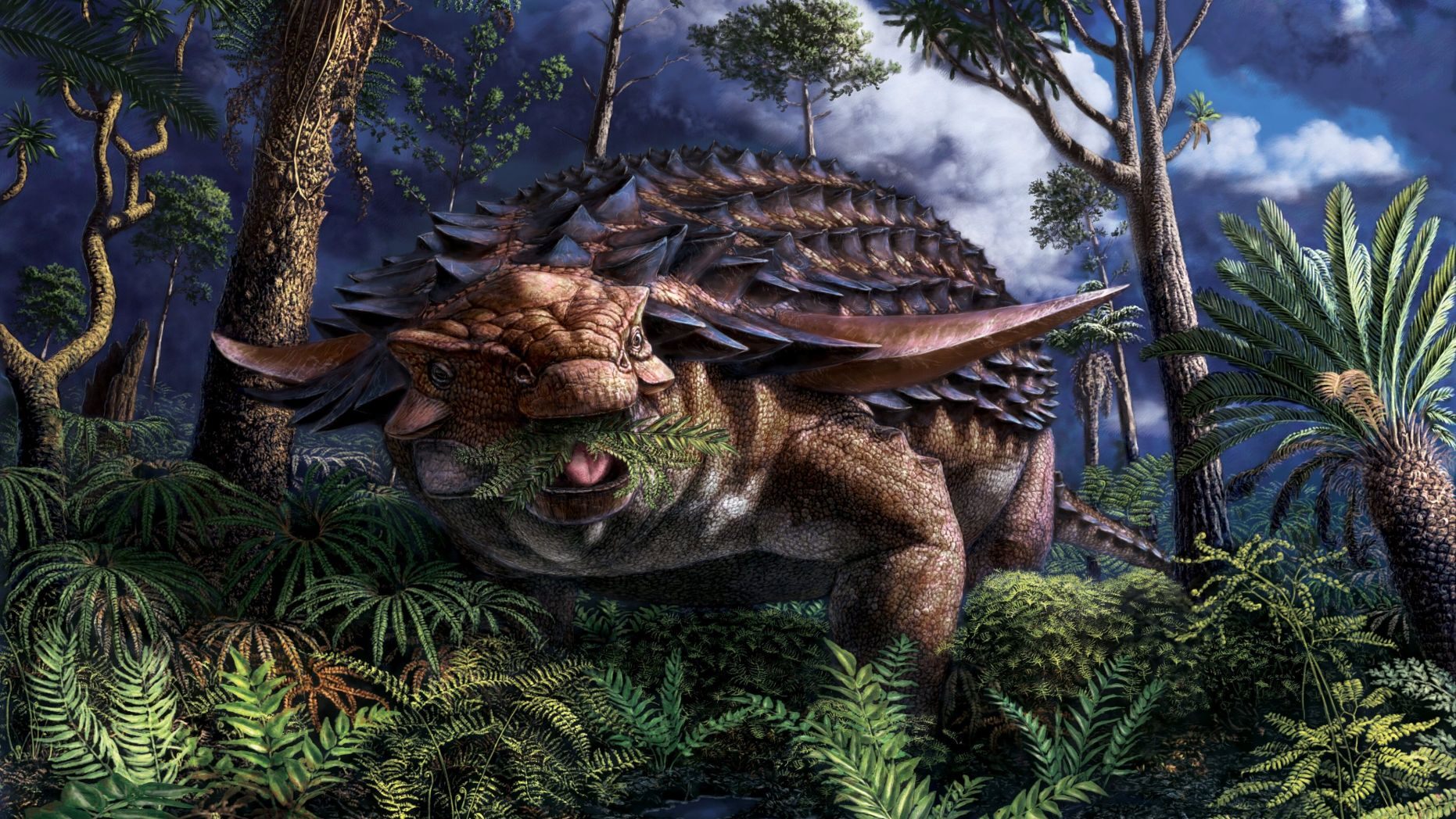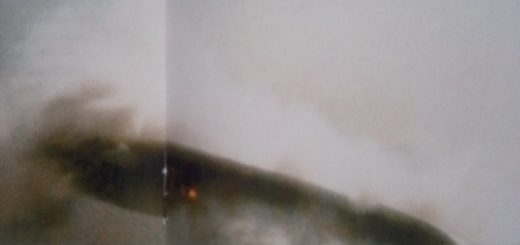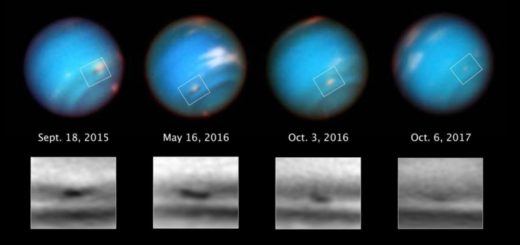Incredible discovery shows 110M-year-old dinosaur’s last meal preserved

Talk about a meal lasting a long time.
Researchers have discovered fossilized evidence of a dinosaur’s last meal from 110 million years ago.
The armored dinosaur, known as Borealopelta markmitchell, had fossilized fern leaves in its stomach, as well as twigs and stems. Bits of charcoal on some of the fragments were also discovered, which showed the massive dinosaur ate in an area that may have been devastated by fires.
DINOSAURS MAY HAVE TURNED TO CANNIBALISM IN HARD TIMES, STUDY SHOWS
“The finding of the actual preserved stomach contents from a dinosaur is extraordinarily rare, and this stomach recovered from the mummified nodosaur by the museum team is by far the best-preserved dinosaur stomach ever found to date,” said University of Saskatchewan geologist Jim Basinger in a statement.
The researchers broke down the meal, noting it was comprised of “88 percent chewed leaf material and seven percent stems and twigs,” said Brandon University biologist and study co-author David Greenwood.
The mass of ferns was the size of a football and will shed new light on how the public views the ancient creatures’ eating habits.
“When people see this stunning fossil and are told that we know what its last meal was because its stomach was so well preserved inside the skeleton, it will almost bring the beast back to life for them, providing a glimpse of how the animal actually carried out its daily activities, where it lived, and what its preferred food was,” Basinger added.
FOSSIL OF TERRIFYING MEGARAPTOR, WITH 14-INCH CLAWS, DISCOVERED IN ARGENTINA
The study’s lead author, Caleb Brown, also noted that the meal, death and burial of the dinosaur occurred in the “late spring to mid-summer” time frame, based on analysis of the stems and the ferns’ spore-producing sporangia.
“This new study changes what we know about the diet of large herbivorous dinosaurs,” Brown added. “Our findings are also remarkable for what they can tell us about the animal’s interaction with its environment, details we don’t usually get just from the dinosaur skeleton.”
Borealopelta markmitchell’s fossils were discovered in 2011 in a mine near Fort McMurray in Alberta, Canada. The dinosaur weighed 2,866 pounds (1,300 kilograms) and measured approximately 18 feet long, making it one of the larger armored herbivores of its time.
TERRIFYING SPINOSAURUS HAD POWERFUL TAIL, BECOMING FIRST KNOWN AQUATIC DINOSAUR
In addition to its large size, Borealopelta’s back had thorny spikes and had two horns on its shoulders, which are believed to not only help protect it against predators, but attract mates as well, experts note.
The research has been published in the Royal Society of Open Science.
Researchers have been learning more about dinosaurs’ diets in recent months. A separate study found that some dinosaurs who faced scarce resources resorted to scavenging and possibly cannibalism.
A study published in March suggested dinosaurs traveled significantly shorter distances and had drastically different migration behavior than initially believed.



 Creators of mankind
Creators of mankind Description of “Tall white aliens”
Description of “Tall white aliens” Where they came from?
Where they came from? About hostile civilizations
About hostile civilizations The war for the Earth
The war for the Earth “Tall white aliens” about eternal life
“Tall white aliens” about eternal life Video: “Nordic aliens”
Video: “Nordic aliens” Aliens
Aliens Alien encounters
Alien encounters The aliens base
The aliens base UFO
UFO Technology UFO
Technology UFO Underground civilization
Underground civilization Ancient alien artifacts
Ancient alien artifacts Military and UFO
Military and UFO Mysteries and hypotheses
Mysteries and hypotheses Scientific facts
Scientific facts


















